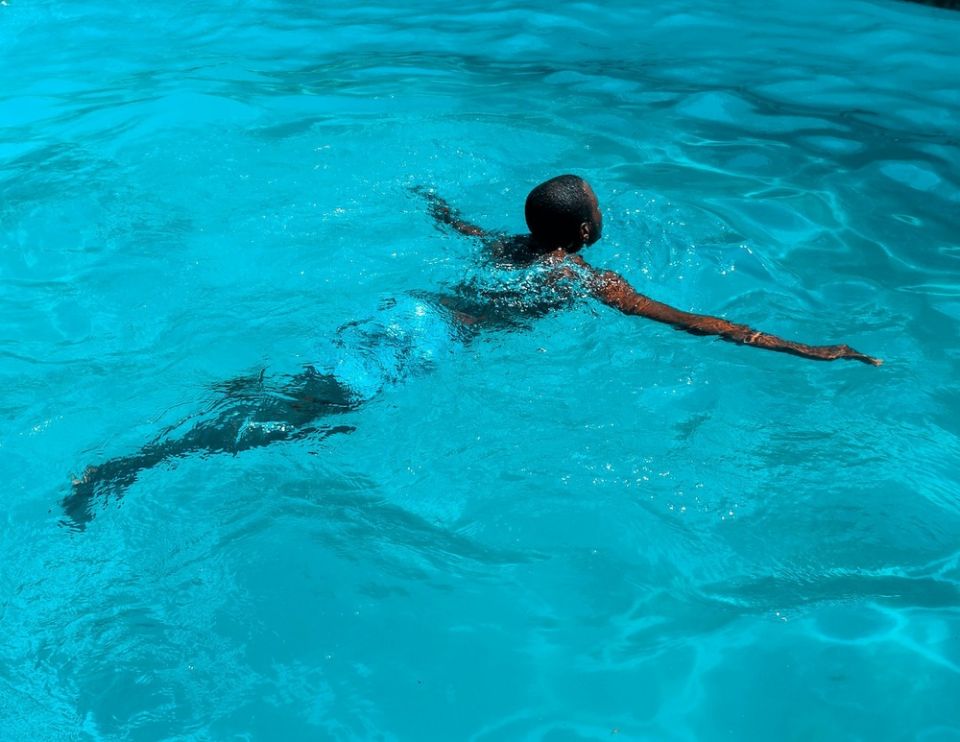Swimming as a life-saving skill
09/21/2022 | Written by Nikos Kaskaras in Water Safety
The latest report of Australia’s Royal Life Saving Society (RLSSA) is containing some really sad news: The drowning rates in the country during the last year were the highest in the last 25 years. Such figures are not just reason for concern but rather cause for alarm.
The sad record of drownings in Australia
The National Drowning Report for 2022 leaves no room for misunderstanding. 339 people drowned in Australia during the last year. This is a sad record that signals an increase in drownings by 15 % compared to 2021. All the people in Nereids express our deepest condolences to the families who were affected by their losses. The human element of drownings in Australia is always the most important. The report of RLSSA contains several thought-provoking points:
- There were 17 drowning deaths among children aged 0-4 years
- 15 drowning deaths occurred in children aged 5-14 years
- There was a 24 % increase in drownings compared to the average of the last 10 years
- 114 drowning deaths occurred in rivers and creeks
- 39 drowning deaths were flood related
The last statistical figure is especially concerning as it is linked to the climate crisis, an aspect that we have presented in our previous blog article.
The aspect of the climate crisis is extremely significant when thinking about the need to acquire, at least, essential swimming skills. This year saw recorded rains and flooding on the east coast of Australia while Sydney had received a year's worth of rain in just over three months.
The importance of acquiring swimming skills
It is now evident that there are new challenges for the future. The greatest consideration ahead of the summer that has already begun is to reduce the drownings as much as possible. It would be an omission not to mention the increasing number of non-fatal drowning incidents throughout the last year: 686 people had an accident within an aquatic environment. Additionally, more than one-fifth of people drowned while swimming and recreating, making it the leading activity before drowning. Now take a minute to think about the most significant aspect of drownings in Australia. How many of those tragic incidents would not happen if people acquired just the essential swimming skills? Isn't it such a pity? Alas, indifference and lack of consideration are not the choices that people who live in Australia should follow. Prevention is always wise. Living in a country that is surrounded by sea demands a corresponding attitude. Learning to swim in Australia is not a luxury. On the contrary, it should be a fundamental priority for all citizens whether they live near the sea or not. Nobody needs to be an Olympic champion or a professional swimmer to be able to learn basic swim skills.
Learning to swim is for all ages
The age factor is quite a usual justification that people use when talking about the need to learn how to swim. What are the most common assertions? “My kid is too young for starting swimming lessons” or “I'm too old to learn swimming. I should have done it when I was younger, but now it's too late”. Well, how much truth is there in assertions like these? Let's look at the RLSSA report's statistics. As we have already stated, there were 32 drownings of children aged 0-15 years old. Taking a look at the other end of the age range, 94 drowning deaths occurred in people aged over 65 years, a 34% increase on last year and a 57% increase on the 10-year average. Moreover, 28% of drownings occurred in people over 65 years. Those figures illustrate the obvious non-correlation between age and swimming. There are sophisticated swim lessons for both preschool kids and senior adults. As long as there are no serious medical issues that could affect the physical ability of individuals, swimming is an activity for all ages. What's even more attractive is that swimming is not just a life-saving skill. Because of the special elements of water and the buoyancy it causes it is a less burdening and more refreshing physical activity for all.
Swimming for keeping a healthy lifestyle
When speaking about prevention we refer not only to the techniques you can use to swim but also to overall health. Another noteworthy figure in the RLSSA report is that 89 drowning deaths were related to a pre-existing medical condition. More concerning is that less than half of those drownings were associated with the age group of 65 years and older. This means that the majority of the health problems that caused the drownings were not due to old age. More specifically, cardiac conditions were the main recorded health problem that involved drownings followed by respiratory conditions. Of course, the Covid-19 pandemic played a major role in causing a lack of exercise and increasing stress. Nevertheless, we can now gaze into the future with much more optimism and enthusiasm and engage in pleasurable and meaningful activities. It's now summertime and swimming can provide us with a great time as well as strengthen our health status. Swimming is beneficial for the heart and lungs, improves respiratory health, lowers blood pressure, helps lose weight, reduces stress and improves mood and sleeping patterns. It can be the optimal remedy for all problems. What is certain is that learning to swim will diminish the number of drownings which shall be a nationwide goal. Because the value of life is priceless.